Did you know that spiders don’t have blood? This may sound strange, but it’s true!
Spiders are mysterious predators with eight legs. They’re so strange that many scientists have studied them, resulting in some bizarre findings.
Here are eight creepy facts about these arthropods that might surprise you!
Spiders Can’t Digest Solid Food
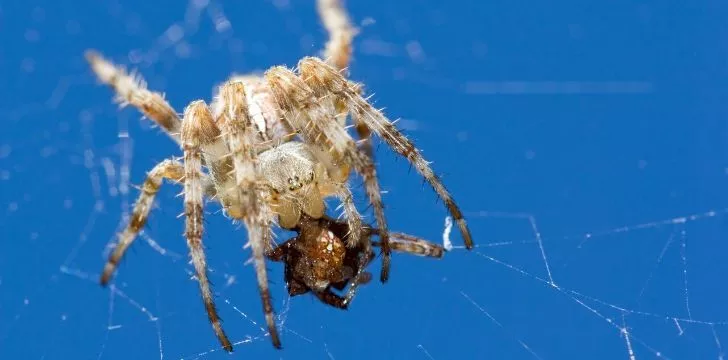
Spiders inject a fluid into their prey that softens their organs and tissue. They then suck out the melted insides for nourishment.
A Spider’s Blood Is Blue… Or Is It?
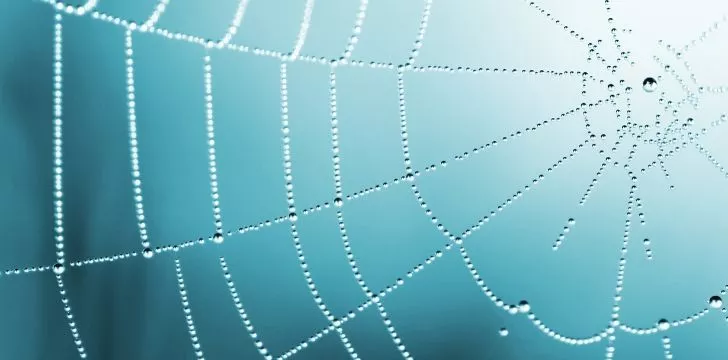
Spiders don’t actually have blood. Instead, they have “Hemolymph.” Unlike human blood, which is based on the molecule Haemoglobin containing iron, spider blood is based on Hemocyanin, a protein that is copper-based. When exposed to oxygen, Hemocyanin turns dark blue.
Spiders Can Control Their Blood Pressure to Move

Spiders can move their legs by combining muscle movement and hemolymph pressure. They contract muscles in their cephalothorax, increasing hemolymph pressure in their legs, which extends them. By suddenly increasing hemolymph pressure in their joints, they can snap their legs outward to jump.
Spiders Have No Backbone
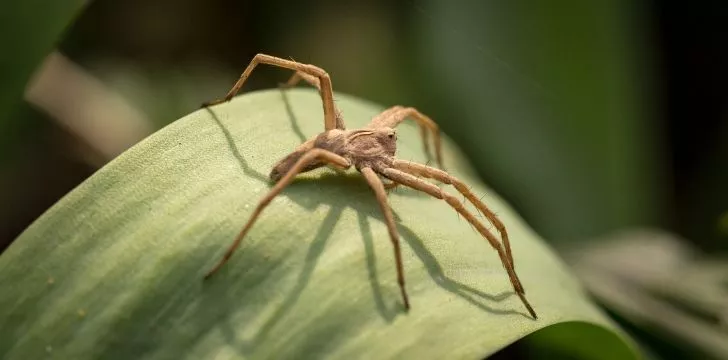
Spiders have an exoskeleton that surrounds their organs and blood, making them invertebrates. All insects and arachnids have exoskeletons, which make growing more difficult. Periodically, they need to shed their outer shells and grow a new one.
Spiders Eat Their Old Webs

When a spider’s web is no longer sticky or gets too dirty, the spider eats it and uses the nutrients to make a new web. Spiders recycle in their own way!
Some Spiders Live in Water

The “Diving Bell” spider has adapted to living in water. Fine hairs all over its body trap air bubbles, which it uses to add to its web for oxygen.
There Are No Spiders in Antarctica
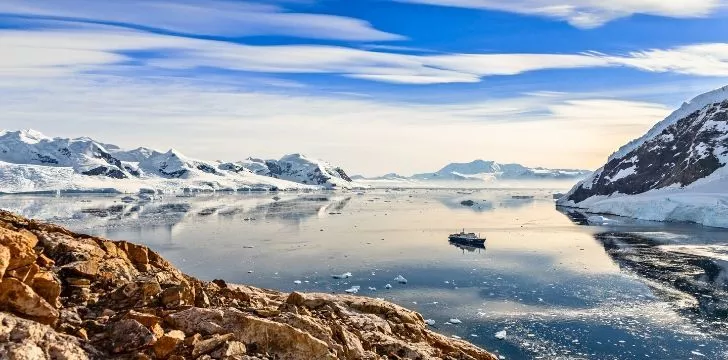
Antarctica has no species of spider living there because they can’t survive the extremely cold temperatures.
One Spider Species Identified as Vegetarian
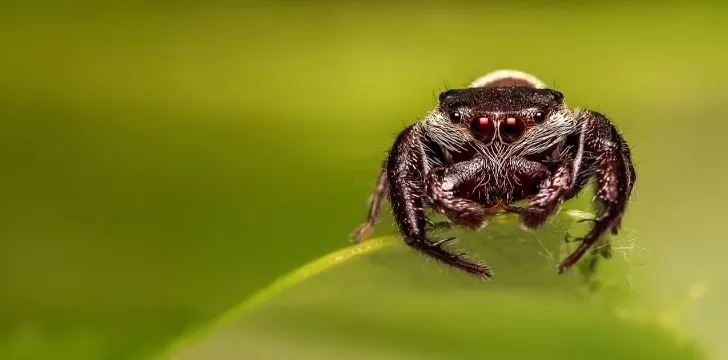
The Bagheera kiplingi spider, which was first discovered in the 1800s, mainly feeds on the buds of acacia plants and occasionally on ant larvae. However, it is mostly herbivorous and is the world’s only known spider species that follows a vegetarian diet.
FAQ
1. What is the largest spider in the world and where can it be found?
The largest spider in the world is the Goliath birdeater, which can have a leg span of up to 30 centimeters and weigh up to 170 grams. It can be found in the rainforests of South America.
2. Do spiders really lay eggs inside human skin?
No, this is a myth. Spiders do not lay their eggs inside human skin. However, there are some species of parasitic wasps that do lay their eggs under the skin of spiders, causing the spider to become a host for the developing larvae.
3. Can a spider survive after losing its head?
No, a spider cannot survive after losing its head. The brain of a spider is located in its cephalothorax, and without it, the spider cannot control its body functions.
4. How do spiders breathe?
Spiders breathe through book lungs or tracheae, depending on the species. Book lungs are small, leaf-like structures in the abdomen that allow spiders to exchange gases with the air. Tracheae are tubes that run through the body and allow spiders to breathe directly through their skin.
5. Are all spiders venomous?
No, not all spiders are venomous. In fact, only a small percentage of spider species have venom that is harmful to humans. However, it is always best to treat all spiders with caution and avoid handling them if possible.
6. Can spiders swim?
Yes, some species of spiders are able to swim, including the diving bell spider, which creates a bubble of air around itself to breathe while underwater. However, most spiders are not adapted for swimming and will avoid water if possible.

Zayn Anderson is a prolific writer with a passion for uncovering the world’s intriguing facts. Armed with an insatiable curiosity, he delves into various subjects, from history and science to nature and technology.
